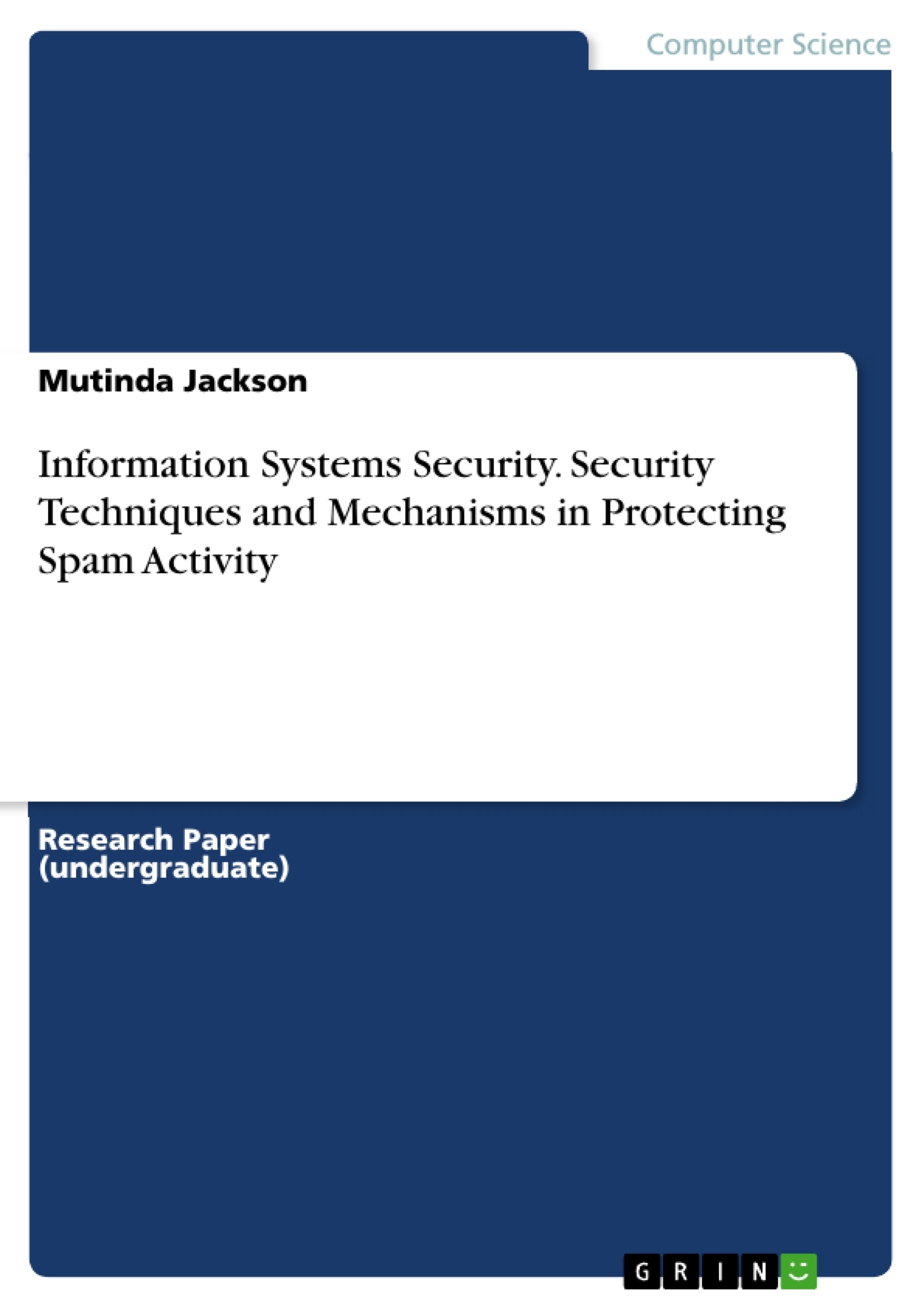Substantially, the occurrence of attacks on computer network, together with the consequent news has both alarmed people on computer networks’ vulnerability and the risks of employing them and their dependence on them. According to diverse researches, as technology changes, so do the security parameters, requirements, needs and even standards. It is thus evident that the society is playing a kind of game, whereby its result remains tentative and perhaps not winnable; a phenomenon that is driven by several reasons. One of these reasons is that the irresistible number of computer network vulnerabilities remain to be based on software that comes from either application or even software. Another reason is the fact that there is more computer proliferation as well as computer and computer networks dependence; the more people join cyberspace, the more the likelihood of system attacks. Moreover, it is highly challenging to discover an appropriate security solution not to mention that in this case, oversupply of security experts has adverse effects on the security issues due to their opinion diversity.
Subtly, as spam, phishing and malware remain to be a big risk nowadays, email security has hastily developed over the past few years; characterized by a sequence of novel risky threats. Thus, in order to maintain email security in check, it is quite significant to observe the following big threats to email security: snowshoe spam, hacktivism and data breaches
Inhaltsverzeichnis (Table of Contents)
- Security Techniques and Mechanisms in Protecting Spam Activity
- Threats to Email Security
- Snowshoe Spam
- Hacktivism
- Data Breaches
- Layered Model for Spam Protection
- Layer 0/6: SIEM, Spam Control and Monitoring
- Layer 1: Mail Scanning via External Services
- Layer 2: Perimeter Protection
- Layer 3: Internal Network, Mail Servers and Antispam Solutions
- Layer 4: Final Devices
- Layer 5: Training end Users
Zielsetzung und Themenschwerpunkte (Objectives and Key Themes)
This document aims to provide a comprehensive overview of security techniques and mechanisms employed to protect against spam activity. The paper emphasizes the ever-evolving landscape of email security threats and the need for layered protection strategies to effectively combat spam.
- Emerging threats to email security, including snowshoe spam, hacktivism, and data breaches
- The importance of a layered approach to spam protection
- Different layers of security mechanisms, from SIEM and external services to perimeter protection and user training
- The significance of robust reporting and quarantine systems in spam management
- The role of internal network infrastructure and antispam solutions in safeguarding against spam
Zusammenfassung der Kapitel (Chapter Summaries)
The document explores the threats posed by spam activity, specifically focusing on snowshoe spam, hacktivism, and data breaches. It highlights the challenges posed by these threats and the need for sophisticated security measures to mitigate their impact. The text then presents a layered model for spam protection, outlining six key layers: SIEM, external services, perimeter protection, internal network security, final device protection, and user training. Each layer is described in detail, emphasizing its importance in building a comprehensive spam defense system. While the document emphasizes the importance of user training in combating phishing attacks, it avoids going into the specifics of training methods or any specific examples.
Schlüsselwörter (Keywords)
The primary focus of the document lies on email security, spam protection, and layered security models. The paper explores key concepts such as snowshoe spam, hacktivism, data breaches, SIEM, perimeter protection, internal network security, and user training. It underscores the importance of robust security measures, both technical and organizational, in safeguarding against spam and phishing attacks.
- Arbeit zitieren
- Business Administrator Mutinda Jackson (Autor:in), 2018, Information Systems Security. Security Techniques and Mechanisms in Protecting Spam Activity, München, GRIN Verlag, https://www.hausarbeiten.de/document/430930


